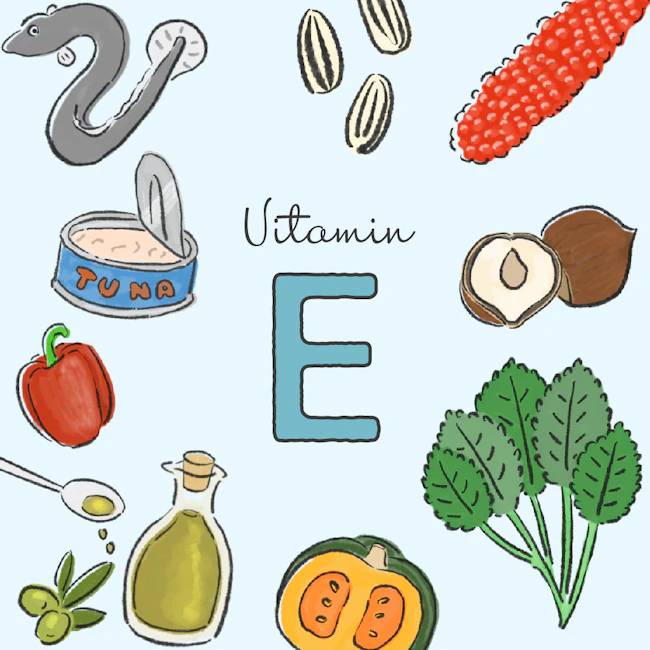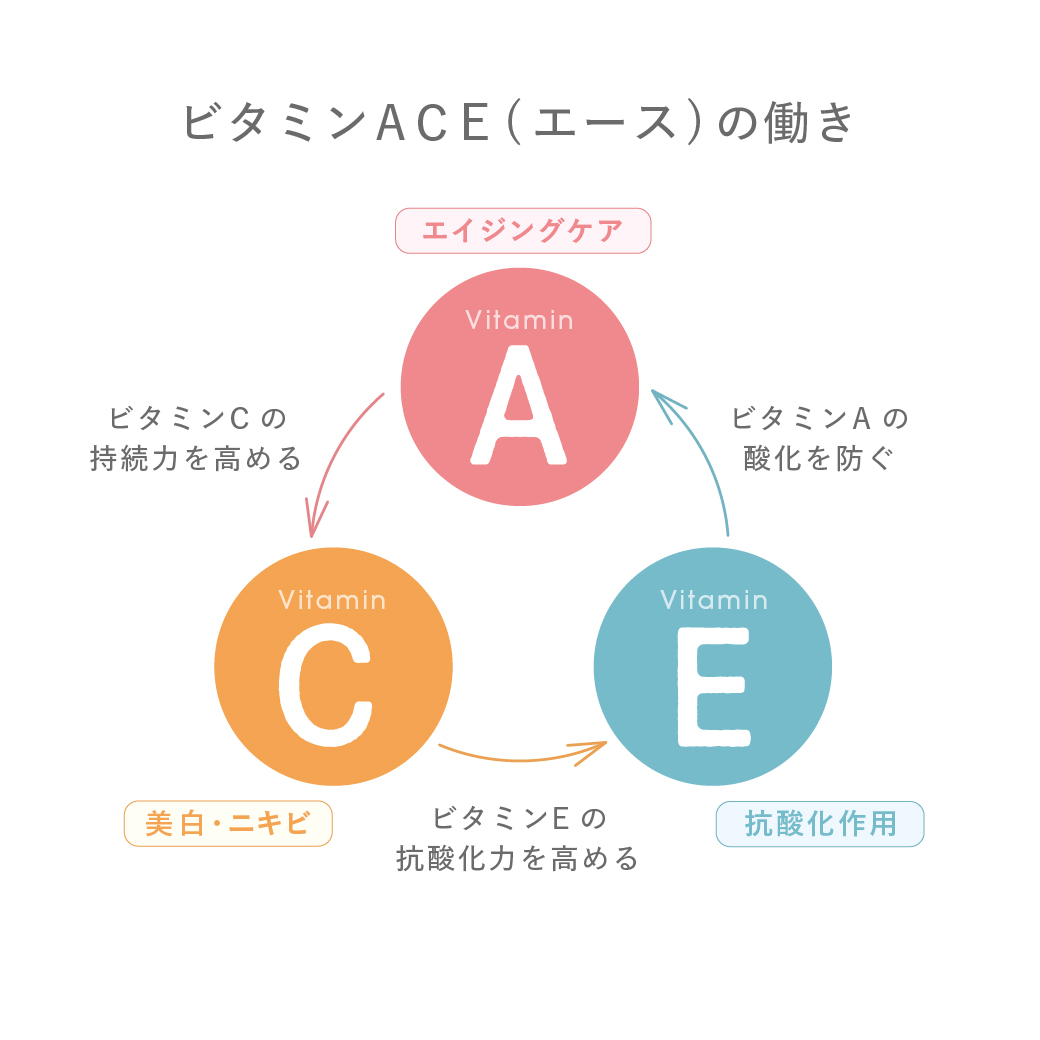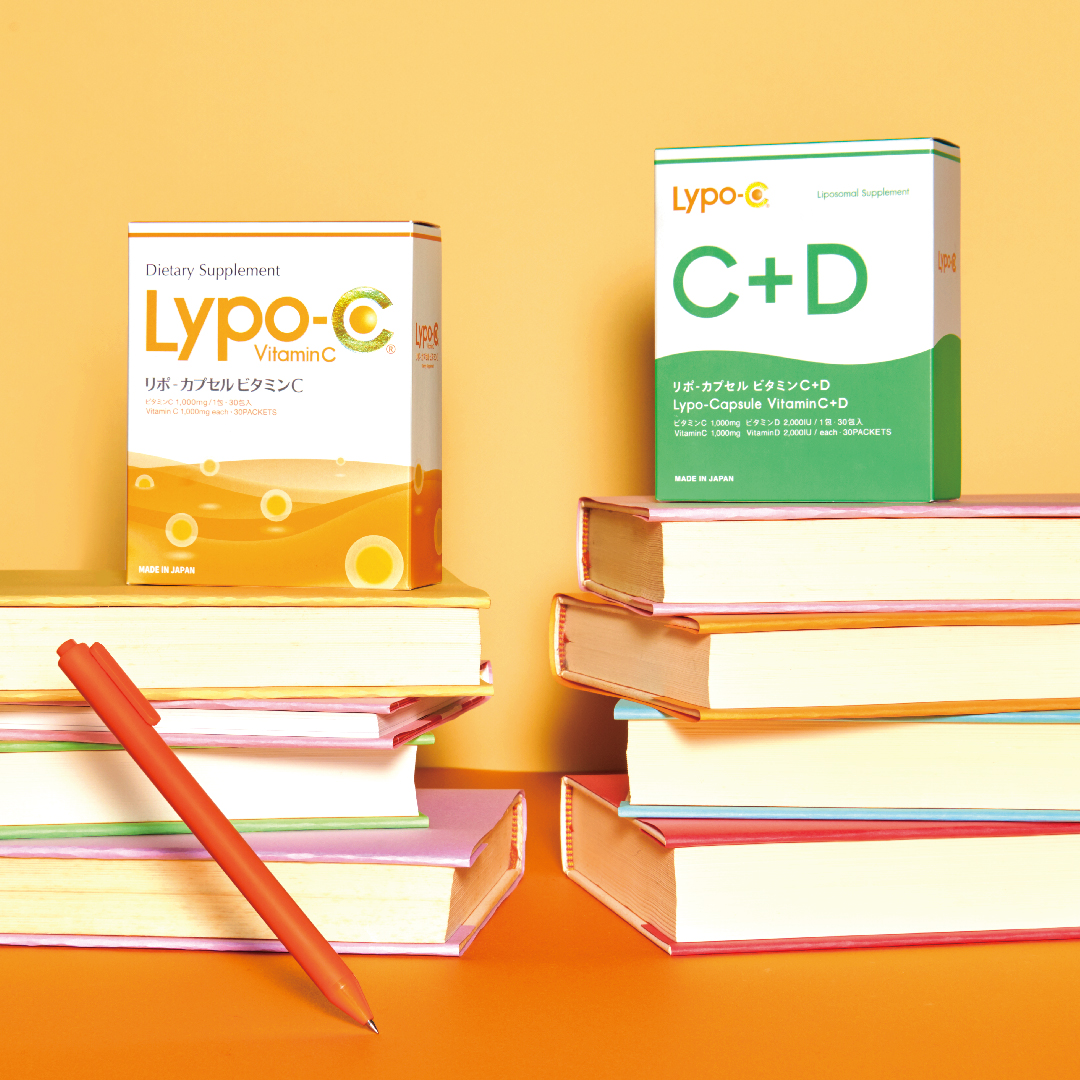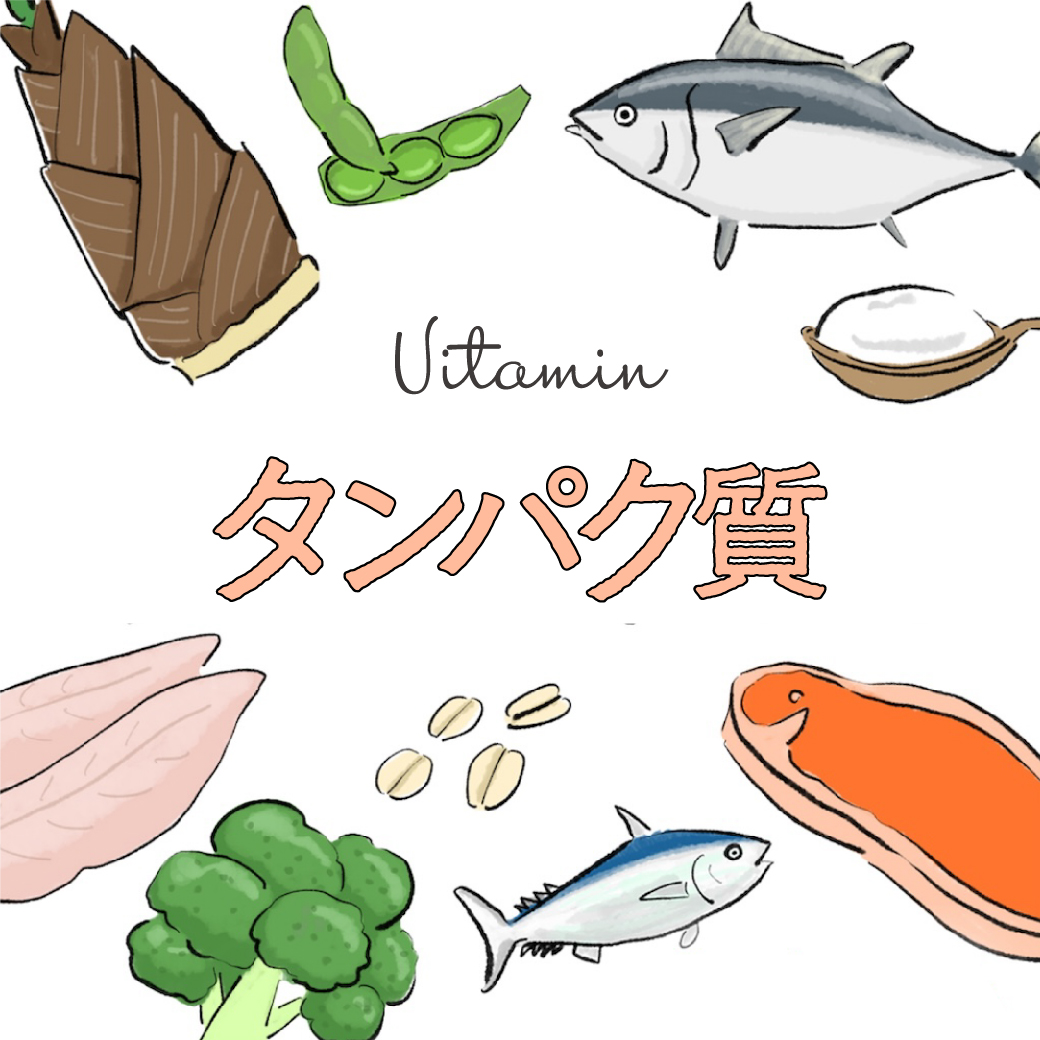
What foods are high in vitamin E? Learn about its function in the body and how to take it
SUMMARY
- -Foods rich in vitamin E
- ・Knowledge about Vitamin E
- ・Nutrition that can be expected to have a synergistic effect when taken together with Vitamin E
- ・Points to remember when taking Vitamin E
- ·summary
There are 13 main types of vitamins. Compared to vitamin C, which is easily mentioned, some people may not be familiar with vitamin E.
Vitamin E is an important vitamin that is also known as the "rejuvenating vitamin." In this article, we will introduce foods that are rich in vitamin E and nutrients that can be expected to have a synergistic effect when taken together.
Foods rich in vitamin E
Vitamin E can be obtained from a variety of foods, so it is generally difficult to become deficient in it. How much vitamin E is contained in the foods we eat on a regular basis?
Here we will introduce foods that are rich in vitamin E and the general amounts in each.
Seeds and nuts
Nuts, seeds, and other nuts are rich in vitamin E. Because vitamin E is fat-soluble, consuming it with fat-rich nuts increases its absorption efficiency.
The recommended daily intake of vitamin E is about 6.5 mg. It is unlikely that you would significantly exceed this limit through your regular diet, but you should be careful not to consume too much.
almond... 30mg
Hazelnuts... 15.9 mg
Sunflower seeds... 12 mg
Chia seeds... 11mg
*Content per 100g of edible portion
source: Standard Tables of Food Composition in Japan 2020 Edition (8th Edition): Ministry of Education, Culture, Sports, Science and Technology
● Oils and fats
Vitamin E is also found in abundance in some fats and oils. While it is effective because you can get vitamin E just by using them in cooking, care must be taken because oils tend to spoil easily.
Old oils not only affect the efficiency of intake, but can also lead to physical discomfort, so try to use fresh oils and fats whenever possible.
Sunflower oil... 39mg
Safflower oil... 27.4mg
Rice oil... 26.1mg
olive oil... 14 mg
*Content per 100g of edible portion
source: Standard Tables of Food Composition in Japan 2020 Edition (8th Edition): Ministry of Education, Culture, Sports, Science and Technology
● Vegetables and Fruits
Vitamin E can also be obtained from vegetables and fruits, and is particularly abundant in green and yellow vegetables. As mentioned above, vitamin E is fat-soluble, so it can be consumed more efficiently by cooking with oil than by eating it alone, so it is recommended to use it in stir-fries. Kiwi fruit and shiso (perilla) also contain a lot of vitamin E.
Molokhiya... 6.5mg
Western pumpkin... 4.9mg
Red bell pepper... 4.3mg
avocado... 3.3mg
*Content per 100g of edible portion
source: Standard Tables of Food Composition in Japan 2020 Edition (8th Edition): Ministry of Education, Culture, Sports, Science and Technology
● seafood
Vitamin E can also be obtained from animal foods, although meat tends to contain low amounts.
Seafood is rich in vitamin E, so including fish in your diet can help you get a healthy dose of vitamin E.
Among animal foods other than seafood, egg yolks from chicken eggs are also rich in vitamin E.
Sujiko... 11mg
Canned tuna... 8.3mg
Cod roe... 8.1mg
eel... 7.4mg
*Content per 100g of edible portion
source: Standard Tables of Food Composition in Japan 2020 Edition (8th Edition): Ministry of Education, Culture, Sports, Science and Technology
Knowledge about Vitamin E
As mentioned above, vitamin E is found in many foods that are familiar to us in our daily diet. However, some people may not know what role this nutrient plays or what the recommended intake amount is.
Here we will introduce various facts about Vitamin E.
● What is Vitamin E?
Vitamin E is a type of fat-soluble vitamin. It is a collective name for eight compounds, including four tocopherols (alpha to delta) and four tocotrienols, and most of the vitamin E present in the body is said to be alpha-tocopherol.
The main functions of Vitamin E are:
・Antioxidant effect: Protects cell membranes and lipids in the body from oxidation and prevents aging
・Blood thinning effect: Inhibits the oxidation of LDL cholesterol in the blood
・Immunity improvement...Activates immune cell function
Because it keeps the body in perfect condition and acts as an anti-aging agent, it is known as the rejuvenating vitamin.
Recommended daily intake of Vitamin E
The Ministry of Health, Labor and Welfare Dietary Reference Intakes for Japanese People (2020 edition) According to the "Recommended Daily Intake of Vitamin E," the following values are provided as guidelines for daily intake of Vitamin E:
Adult men: 6.5 mg
・Adult women: 6.0 mg (a slightly higher dose is recommended during pregnancy and breastfeeding)
The recommended dosage for excessive intake is 800 mg per day. Symptoms of excessive intake include difficulty in clotting blood and an increased risk of osteoporosis.
Vitamin E is easily excreted in the feces and does not easily accumulate in the body, so it is unlikely that you will overdose on it through regular food intake. If you want to get as much as possible, be sure to follow the dosage instructions when using supplements or vitamins.
● What happens if you are deficient in Vitamin E?
Vitamin E deficiency can cause the following symptoms:
Hemolytic anemia
・Difficulty walking due to muscle weakness
・Decreased vision or blindness due to retinopathy
・Weakened immune system and dry skin
Vitamin E is a nutrient that is generally difficult to become deficient in because it can be obtained from a variety of foods. However, if you have a chronic disease that causes fat malabsorption, the absorption efficiency of the fat-soluble vitamin E also decreases, and vitamin E deficiency may occur.
● What happens if you take too much vitamin E?
Symptoms of excess vitamin E intake include:
Increased tendency to bleed (nosebleeds, bleeding gums, and rarely cerebral hemorrhage, etc.)
・Risk of liver dysfunction
・Risk of osteoporosis
Headache, nausea, fatigue
Muscle weakness
·diarrhea
Vitamin E is easily excreted from the body, so it is rare to take in too much of it in a normal diet. However, taking too much of it in the form of supplements or health foods can cause the above symptoms.
When using, be sure to follow the dosage instructions.
Nutrients that can be expected to have a synergistic effect when taken together with Vitamin E
Not just vitamin E, but any nutrient will have a synergistic effect when taken in combination with other nutrients rather than taken alone.
Here we will introduce nutrients that are more effective when taken together with vitamin E, as well as the main ingredients and recommended menus.
Vitamin A and Vitamin C
Vitamin E is characterized by its high affinity with these nutrients, so much so that it is referred to as "Vitamin ACE" along with Vitamin A and Vitamin C.
Vitamin A is found in animal foods such as liver and egg yolks and vegetables such as spinach and carrots, while vitamin C is found in peppers, kiwis, persimmons, and strawberries.
Lipids
Vitamin E is a fat-soluble nutrient, so taking it with oil increases its absorption efficiency.
If you get vitamin E from nuts or seafood, these contain a lot of fat. If you want to get it from vegetables, you can get it more efficiently by sauteing or deep-frying them.
It is also recommended to take it with dairy fats such as milk, yogurt, and cheese.
Selenium
Selenium is an essential mineral. It is a component of antioxidant enzymes that break down lipid peroxides, and is said to be effective in preventing aging and cancer.
It has a strong synergistic effect with vitamin E, and supplements containing this combination are also available on the market.
This nutrient is found in abundance in liver and seafood, as well as brown rice, mushrooms, and seaweed.
Important points to remember when taking Vitamin E
Vitamin E is a nutrient that we naturally ingest every day at the dinner table. Therefore, it is rare for it to be deficient or overdosed in the general diet.
Unless you have a very unbalanced diet, you don't need to worry about your intake, but it's a good idea to pay attention to the following points.
・It is sensitive to light and easily oxidizes, so be sure to store it in a cool, dark place.
-Because it is fat-soluble, it should be taken with fats and oils.
- Take it together with vitamin A, vitamin C, vitamin B2, beta-carotene, selenium, etc.
By keeping these points in mind, you can take in vitamin E more effectively.
summary
Vitamin E is an important nutrient that is also known as the rejuvenating vitamin.
It has a strong antioxidant effect, and its effectiveness can be enhanced when taken in combination with other nutrients that have similar functions.
These are nutrients that you can naturally ingest without even thinking about it, so it is rare to have a deficiency, but by being aware of the combinations you take in, you can maximize their benefits.
Article supervision

Director of Mizutani Skin Clinic
Professor Haruko Mizutani
Mizutani Skin Clinic
After graduating from Tokyo Medical University, he worked at the Dermatology Department of Tokyo Medical University Hospital and a cosmetic dermatology clinic in Tokyo before opening Mizutani Skin Clinic in 2012.








